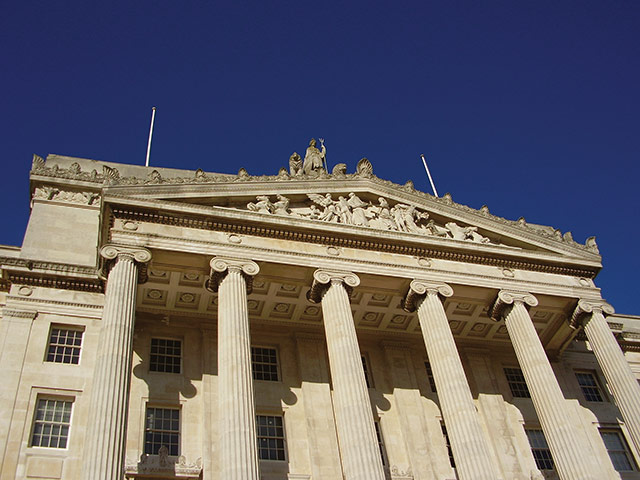Programme for Government

The new Executive has paved the way for a fresh format in the delivery of a Programme for Government. The draft framework has set out 14 outcomes the Executive hopes to achieve over the next five years.
Both the UUP and the SDLP walked away during its formation and the Alliance Party couldn’t support it, even though it meant refusing a ministerial post the electorate had not granted them, but both Sinn Féin and the DUP have pushed ahead and put the Draft Programme for Government Framework out for consultation, paving the way for their ministers to take up post.
For those seeking hard pledges from government on key issues such as ending homelessness, welfare reform and job creation, the 114 page document will be a disappointment. A “new approach” has been taken by the Sinn Féin and the DUP Executive and as the programme sets out from the start, the early ambitions for the new government are “general in nature”. The ‘Scottish model’ presents a new way of formulating policy which focuses more on impact of government on society rather than the actions taken within government.
Following an eight week consultation, detailed action plans for economic, investment and social strategies will be drawn up alongside the Budget for further consultation prior to Executive and Assembly approval by the end of 2016.
Importantly, the new programme has not detached itself entirely from the previous administration and has pledged to meet previous executive commitments including implementing the Fresh Start deal, resolving outstanding issues relating to legacy of the past, the Historical Abuse Inquiry and building and maintaining relationships through the bodies of the North South Ministerial Council and the British Irish Council. Major projects supported by the previous budget including road and transport projects (A5 and A6, Belfast Rapid Transit and Belfast Transport Hub), completion of the sports stadia programme, new training facilities for emergency services and the building of a new children’s hospital.
The 14 outcomes are backed up by an extensive list of indicators, essentially, the change that the government hopes it can make and measures, the government’s way of checking success or failure. The series of 42 indicators range from reducing health inequality to increasing the proportion of people working in good jobs.
Of the key indicators, the government aims to reduce crime, improve mental health, improve quality of education, improve the employment rate, increase shared space and improve the supply of suitable housing amongst other things. While some of the broader aims are for promoting active travel, improving air quality and improving Northern Ireland’s international reputation.
Commenting on the PFG the UUP’s Mike Nesbitt described it as “motherhood and apple pie” and it’s clear to see why as very few markers have been set out that the current government could be made accountable for.
SDLP leader Colum Eastwood was equally critical, claiming that the most impressive part of the document was its length. “There are many words but no commitments,” he said. “It is welcome that the Executive have shown a willingness to consult with stakeholders but this process cannot be used as a smokescreen to disguise a document that is unprecedented in its ambiguity.”
In the overview, the programme is a ‘wishlist’ rather than an extensive policy plan. However, the new Executive has been honest about the format of the document pointing towards the need for buy-in from local government, the private sector, voluntary and community sectors, as well as the wider engaged stakeholder.
The programme states: “This document sets out the direction of travel and the specific things we want to change. By the end of 2016 we will have developed detailed plans, working with others, to demonstrate how that difference will be achieved. We believe those plans will be better because they have the benefit of informed, expert and user views.”
A programme for government has been published which has allowed for the formation of the Executive and work to begin but it will not be until the end of the year, when a more specific action plan and a budget is released, that the ambitions of the current government can be properly put under the microscope.
14 outcomes:
- We prosper through a strong, competitive regionally balanced economy
- We live and work sustainably – protecting the environment
- We have a more equal society
- We enjoy long, healthy, active lives
- We have more people working in better jobs
- We are an innovative, creative society, where people can fulfil their potential
- We have a safe community where we respect the law, and each other
- We care for others and we help those in need
- We are a shared society that respects diversity
- We are a confident, welcoming, outward-looking society
- We have high quality public services
- We have created a place where people want to live and work, to visit and invest
- We connect people and opportunities through our infrastructure
- We give our children and young people the best start in life





